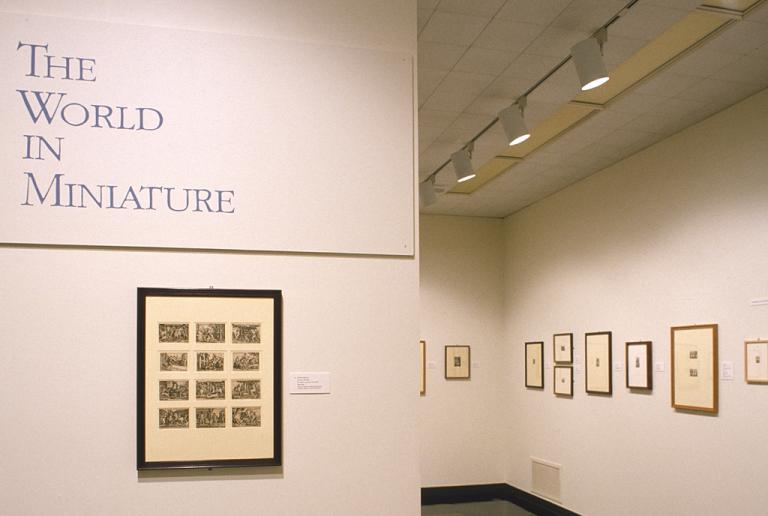Death and the Lady, Sebald Beham
Artwork Overview
Sebald Beham, artist
1500–1550
Death and the Lady,
1541
Where object was made: Holy Roman Empire (present-day Germany)
Material/technique: laid paper; engraving
Dimensions:
Image Dimensions Height/Width (Height x Width): 78 x 51 mm
Image Dimensions Height/Width (Height x Width): 3 1/16 x 2 in
Mat Dimensions (Height x Width): 14 x 11 in
Image Dimensions Height/Width (Height x Width): 78 x 51 mm
Image Dimensions Height/Width (Height x Width): 3 1/16 x 2 in
Mat Dimensions (Height x Width): 14 x 11 in
Credit line: Museum purchase: Letha Churchill Walker Memorial Art Fund
Accession number: 1984.0163
Not on display
If you wish to reproduce this image, please submit an image request













